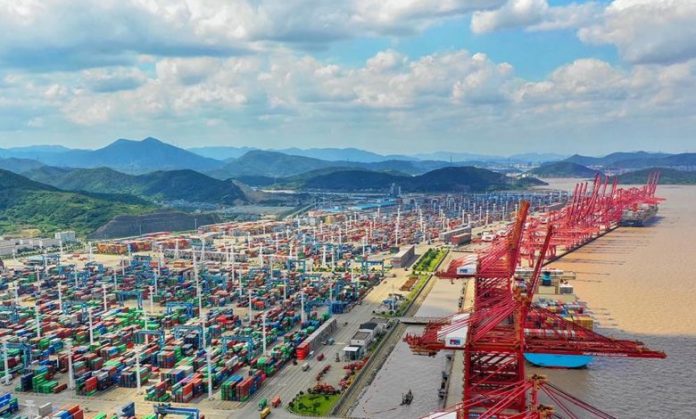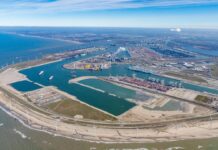
The Philippine Ports Authority (PPA) has recommended that importers and exporters in the country should make the “necessary operational adjustments”, as delays in the cargo shipments from and to China are anticipated due to the recent Covid-19 outbreak, which led to the partial closure of the Ningbo Meishan Island International Container Terminal (MSICT).
PPA noted, “early preparation is key to reduce the negative impact of the delays in their overall daily operations, thus, allowing them flexibility in the long run.”
PPA General Manager, Jay Daniel R. Santiago said, “We are encouraging all importers and exporters to take the necessary steps to adjust and secure their operations to mitigate the impact of the slowdowns or partial closures of the big ports in their overall operations.”
In the previous two weeks, several transshipment ports under the territories of China have slowed down operations due to the pandemic, which also caused a severe container crisis at the Port of Yantian in June.
Other major ports in the region likewise have reported congestion owing to the lingering effect of the pandemic.
The majority of Philippine imports and exports, on the other hand, pass through these transshipment ports as the country remains as a feeder economy, according to the PPA announcement.
“We need to prepare,” highlighted Jay Daniel R. Santiago, who added, “Eventually, the delays in cargo shipments will catch up with us due to the congestion being experienced in these transshipment ports.”
The Philippine major port gateways, meanwhile, are currently operating under optimum conditions and way below the threshold level of utilisation set at 75%.
The Manila ports, composed of the Manila International Container Terminal and the Manila South Harbor are operating under normal conditions. These two ports handle 85% of the country’s foreign trade volume. The two ports have an average utilisation rate of 68% and 56%, and berth utilisation rate of 59% and 56%, respectively. Both ports have an average per crane productivity rate of 25 moves an hour.
In terms of daily cargoes passing through the ports, an average of 12,000TEU of foreign cargoes is being handled at the ports.
“PPA assures the shippers that Philippine ports can handle the bulk of the delayed shipments when conditions at the transshipment ports start to normalise,” pointed out Santiago.








